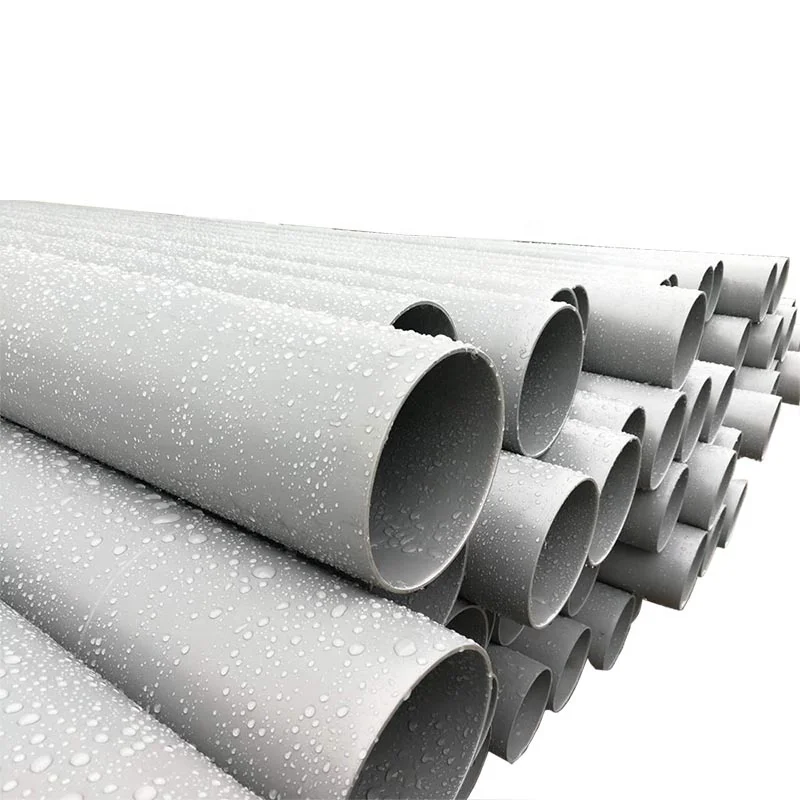Note: For use in sample conditioning systems based on cold extraction, condensation coolers. Perma Pure Ammonia Removers are designed to remove ammonia from the gas stream to protect the analyzer from clogging due to the formation of ammonium salts. Ammonia is a highly reactive gas. It is sometimes added to flue gases to reduce the nitrogen oxide content in the gas by converting it into nitrogen and water (denitrification process). When ammonia is present in the sample gas, it can easily react with sulfur dioxide in the sample gas to form ammonium salts. The boiling point of this salt is relatively low, so it exists in gaseous form at higher temperatures in chimneys and heating lines. As the sample gas cools through our dryers, it precipitates as solids, clogging the dryer or analyzer. Therefore, we recommend installing an ammonia remover before the condensation cooler to prevent damage to downstream analyzers.
For Nafion™ tube-based sample gas pretreatment systems, the Nafion™ tube dryer in the system needs to be protected when any ammonia may be present in the sample gas, as ammonia reacts with the membrane material and reduces the water transfer rate.
working principle
For Perma Pure ammonia removers, they consist of a polysulfone or stainless steel housing filled with phosphate-based scrubbing media and an inert saddle-shaped ceramic ring. The water vapor in the sample gas activates the scrubbing medium to produce phosphoric acid. An acid-base neutralization reaction occurs between phosphoric acid and ammonia to produce ammonium phosphate salt. This compound is solid even at high temperatures and is immediately deposited in the ammonia remover as a visible salt residue. Under normal operation, the ammonia remover should be maintained at a temperature above the dew point of the sample gas to avoid loss of water-soluble analytes. Therefore, Perma Pure now offers a heated ammonia remover that can be placed in the sampling path.
AS series ammonia remover specifications
| Product number: | AS-200-08-PS | AS-200-08-PSH | AS-200-08-SS | AS-200-08-SSH |
| Product Description | Polysulfone material shell, stainless steel shell | Polysulfone housing with heating jacket | The whole structure is 316 stainless steel | Stainless steel housing with heating jacket |
| greatest pressure | 30psig | 30psig | 100psig | 100psig |
| maximum temperature | 125°C | *See notes | 130°C (200°C, replace thumbscrews with hex bolts) | *See notes |
| interface | 1/4″ fnpt | 1/4″ fnpt | 1/4″ fnpt | 1/4″ fnpt |
*Note: Heated ammonia removers come with 5 wires. Can be applied to 110VAC or 220VAC. You can use the supplied thermocouple to regulate the temperature to 90°C, or you can connect the unit to your own temperature controller and readout. If using your own controller, use the maximum value. The temperature of the unheated unit is used as a reference.
AS Series Media Replacement Part Numbers
| project number | Product Description |
| AS-200-3 | Replacement O-rings, 3 per set |
| AS-200-08-E | Replace the ammonia removal medium, saddle-shaped ceramic ring and reagent, and 3 times of packing |
| AS-200-08-EB | Replace ammonia removal medium, saddle-shaped ceramic ring and reagent, 15 times of packing |
| AS-200-08-EB OPT1 | Only bulk supply of ammonia removal media (without saddle ceramic ring), 15 times of packing |
AS Series Media Replacement Procedure
Replace ammonia removal medium:
1. If you have a heated ammonia eliminator, unplug the unit and remove the heater pad
2. Unscrew the thumbscrews on the bottom of the housing
3. Turn the yoke lock that holds the housing together
4. Remove Old media and dispose of it properly
5. Rinse the shell with soapy water for cleaning
6. Fill 50cc of Part A material (saddle ceramic ring)
7. Fill 150cc of Part B material (ammonia removal media)
8. Replace the filled ammonia remover shell Tube
9. Gently turn the shell tube so that the O-rings on the center tube and shell tube are correctly positioned.
10. Replace the yoke lock and tighten the thumbscrew. Do not overtighten! Over-tightening can cause the plastic housing to crack.


